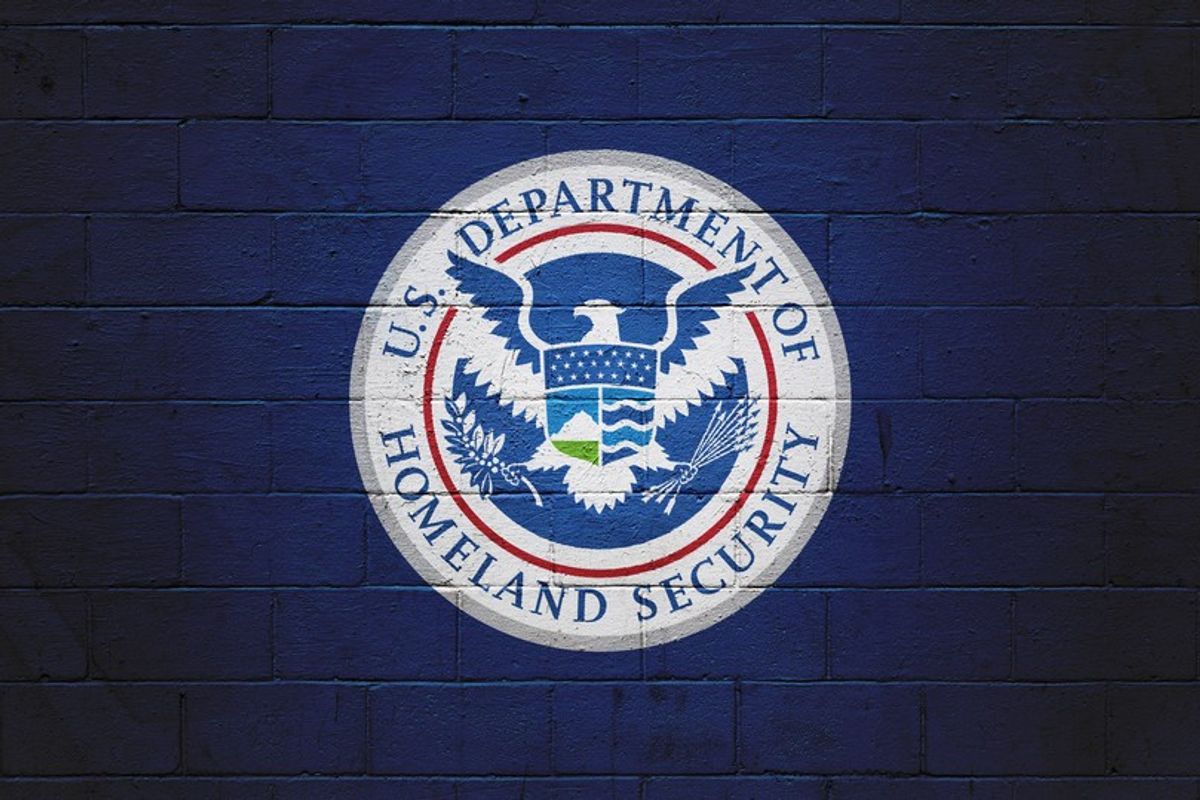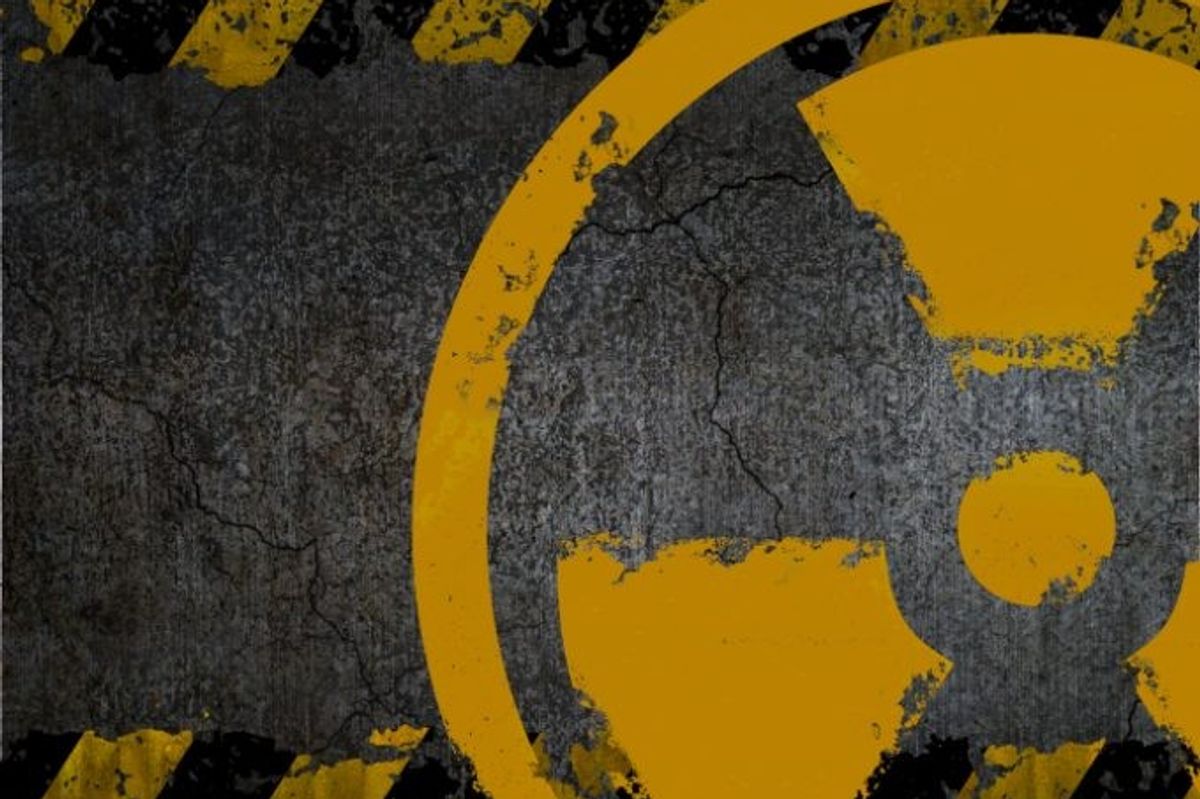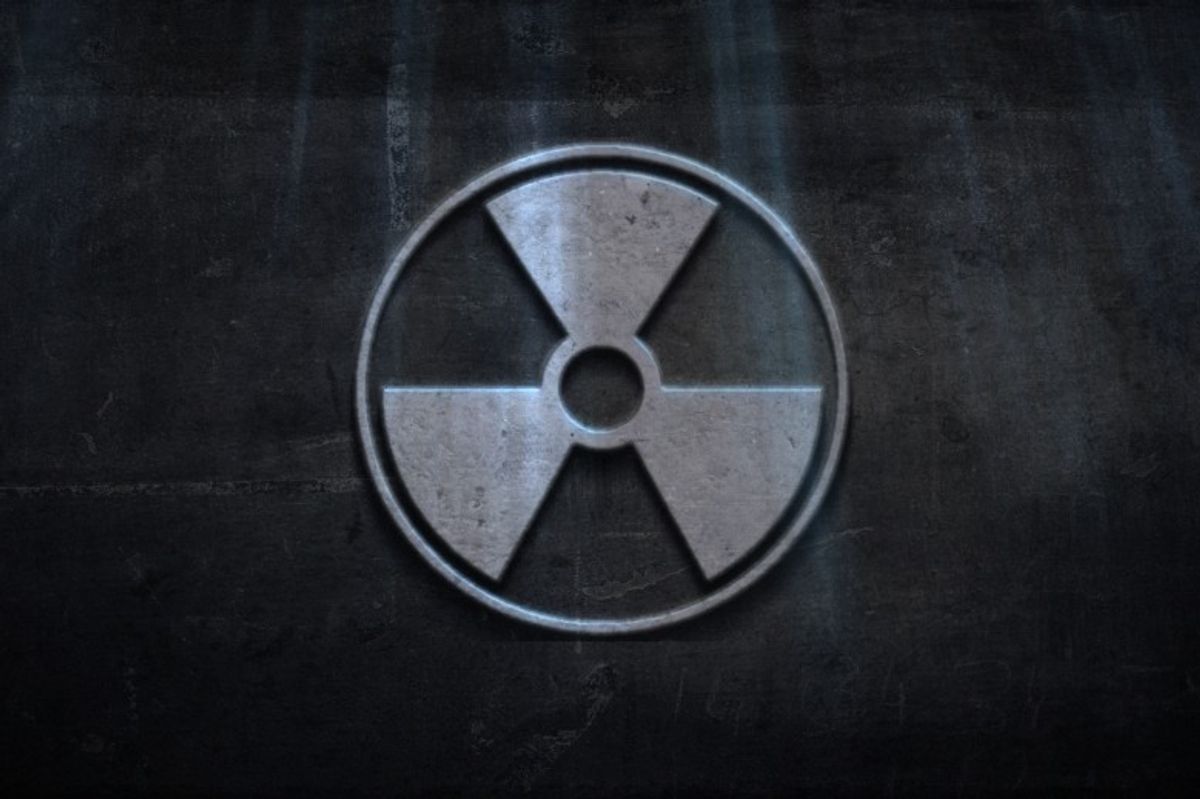It’s no secret that violent extremist groups around the world are seeking to buy, steal, or build destructive weapons to use in a relentless campaign of terror. One potential weapon is a radiological dirty bomb, which is also known as a “weapon of mass disruption.”
Unlike an improvised nuclear device (IND), a dirty bomb made with a radiological source would not cause catastrophic levels of death and injury. But depending on its chemistry, form, and location, it could cause billions of dollars in damage due to the costs of evacuation, relocation, and cleanup – and it would clearly have severe economic and psychological consequences.
While a dirty bomb would be less catastrophic than an IND, there is a higher probability of it occurring, because radiological materials are more widely available and less secured.
Radiological materials are dispersed across thousands of sites in more than 100 countries. They are located at private sector facilities with minimal or no physical protection, and many sites have no trained on-site security forces. These medical, academic, and research sites are by their nature open environments and accessible to large numbers of people.
The terrorist attacks we’ve seen in cities around the world should serve as a wake-up call to governments, the medical community, and industry around the globe to immediately secure all radiological materials or replace them with alternative technologies, where feasible.
Progress was made at the recent Nuclear Security Summit hosted by President Barack Obama in March. For the first time in four summits, the final Communiqué stated: “The threat of nuclear and radiological terrorism remains one of the greatest challenges to international security, and the threat is constantly evolving.”
These global leaders recognize that there should be a dual focus on both radiological and nuclear terrorism. This shift in thinking from the first summit six years ago, highlights the evolving and changing threat environment.
What can be done to stop terrorists fr0m getting their hands on this widely available material? While progress has been made in securing radiological sources through efforts by the International Atomic Energy Agency (IAEA) and various national and international programs, much work remains. The global community must take urgent steps to meet the growing threat:
First, we must strengthen the existing international framework and commit to developing stronger global standards and best practices for securing radiological materials. The current framework under the IAEA Code of Conduct on the Safety and Security of Radiological Sources is only voluntary, not legally binding.
Second, we must accelerate the development and use of alternative technologies, where feasible, that provide equivalent medical outcomes but cannot be used to make a dirty bomb. The very same isotopes that can make life-saving blood transfusions and cancer treatments possible — such as cesium-137 and cobalt-60— could be used to build a bomb that would spread radioactive material and contaminate significant portions of a major U.S. city. Today in the U.S., there are existing alternative technologies for cesium blood irradiators, approved by the U.S. Food and Drug Administration, that use x-rays to effectively sterilize blood, and these materials can’t be used to make a dirty bomb. More hospitals should transition to these effective and approved alternate technologies, where possible.
Third, we need to strengthen the regulatory framework for the security of radiological sources. As noted in a 2012 Government Accountability Office report, security requirements put forth by the U.S. Nuclear Regulatory Commission (NRC) are too broadly written. The NRC should provide medical facilities with specific steps they must take to develop and sustain a more effective security program.
Given the widespread availability of potentially dangerous radiological sources and the stated interest by terrorist groups, it is nothing short of a miracle that we have not yet seen a dirty bomb terrorist attack. We are exposed, and the clock is ticking.









